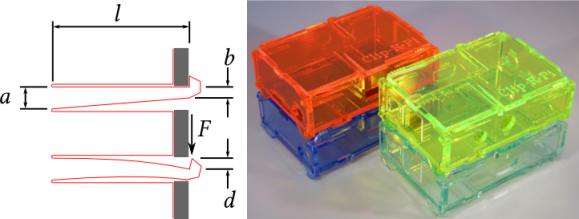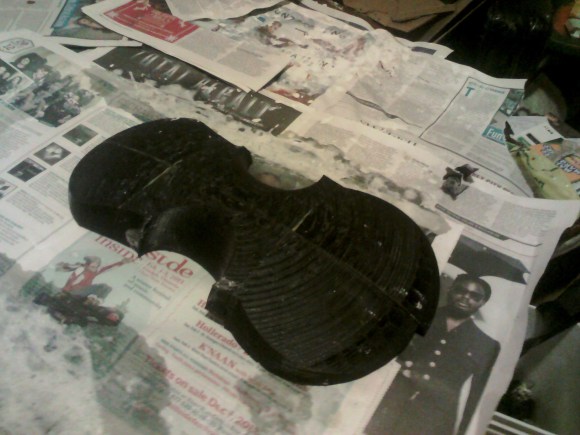
This tie turned VU meter has us asking: Will anyone be able to look you in the eye during a conversation? It uses an integrated microphone and microcontroller to make a single-column display made of RGB LEDs move to ambient sound.
It shouldn’t be hard to guess that this project is another build from [Becky Stern]. She’s been on fire lately, offering up glowing football helmets and a turn-signal backpack. This uses the same family of components as the latter. A Flora board brings an Arduino to the party. It drives sixteen RGB LED pixels which are addressed using a 1-wire protocol. Sound is measured through a microphone and amplifier breakout board.
Since the hardware gets in the way of a full-windsor, the tie used for the project is a breakaway version which uses velcro. But because you need the needle and (conductive) thread to sew on the components it wouldn’t be hard to alter any tie to perform like this.
Don’t miss the high-quality video tutorial which we’ve embedded after the break.

















